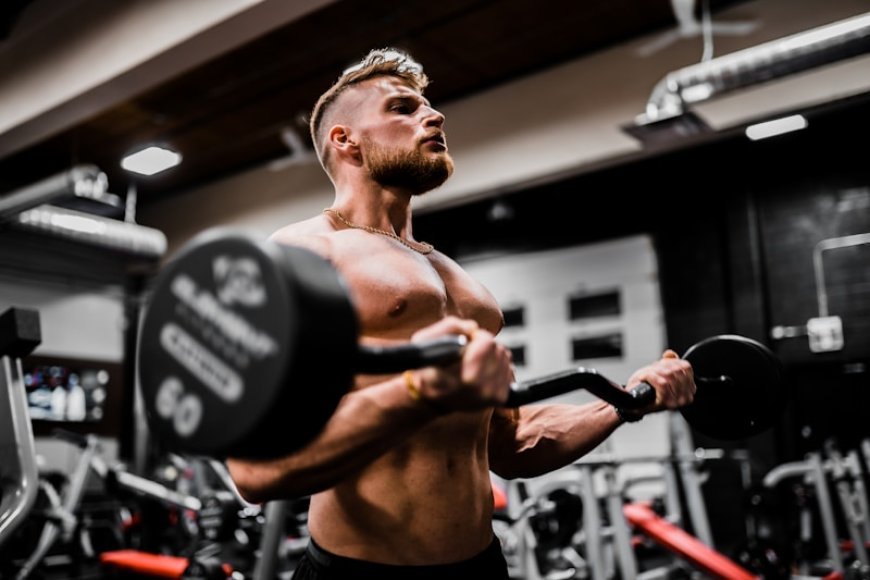Functional Fitness: Training for Real Life
Learn how functional fitness improves your ability to perform daily activities with strength, stability, and confidence.

Functional fitness focuses on training your body for real-life activities rather than just looking good or lifting heavy weights. This approach improves your quality of life by making everyday tasks easier and reducing injury risk.
What Is Functional Fitness?
Functional fitness uses exercises that mimic movements you perform in daily life. Instead of isolating individual muscles, functional exercises train multiple muscle groups to work together, improving coordination, balance, and practical strength.
Examples of functional movements include squatting (like sitting down and standing up), lifting objects from the ground, reaching overhead, and carrying items. These are movements you do dozens of times each day.
Benefits of Functional Training
Improved daily life performance means easier completion of household chores, playing with children, carrying groceries, and maintaining independence as you age. Functional fitness directly translates to real-world strength and capability.
Reduced injury risk occurs because functional exercises train your body to move properly during daily activities. Better movement patterns and muscle coordination prevent common injuries from lifting, twisting, or sudden movements.
Key Functional Exercises
Squats train the movement pattern used for sitting and standing. Practice bodyweight squats focusing on proper form: feet shoulder-width apart, weight in heels, knees tracking over toes.
Deadlift movements (even with light weights or bodyweight) train proper lifting mechanics for picking up objects safely. This protects your lower back during daily lifting tasks.
Core Stability Training
Your core isn't just your abs – it includes all muscles that stabilize your spine and pelvis. Planks, bird dogs, and dead bugs train core stability needed for virtually every movement.
Rotational exercises like wood chops (with or without weights) train your body for twisting movements common in sports and daily activities like reaching into the back seat of a car.
Balance and Coordination
Single-leg exercises improve balance and address strength imbalances between sides of your body. Try single-leg stands, step-ups, or single-leg deadlifts to challenge stability.
Multi-planar movements train your body to move in all directions – forward/backward, side to side, and rotationally. This prepares you for the unpredictable movements of real life.
Getting Started with Functional Fitness
Begin with bodyweight versions of functional movements before adding external resistance. Focus on proper form and full range of motion rather than speed or heavy weights.
Start with 2-3 functional training sessions per week, allowing rest days for recovery. As you become more comfortable with the movements, you can increase frequency or add light weights for progression.
Functional fitness isn't about being the strongest person in the gym – it's about being strong and capable for whatever life throws at you.
What's Your Reaction?
 Like
0
Like
0
 Dislike
0
Dislike
0
 Love
0
Love
0
 Funny
0
Funny
0
 Angry
0
Angry
0
 Sad
0
Sad
0
 Wow
0
Wow
0































